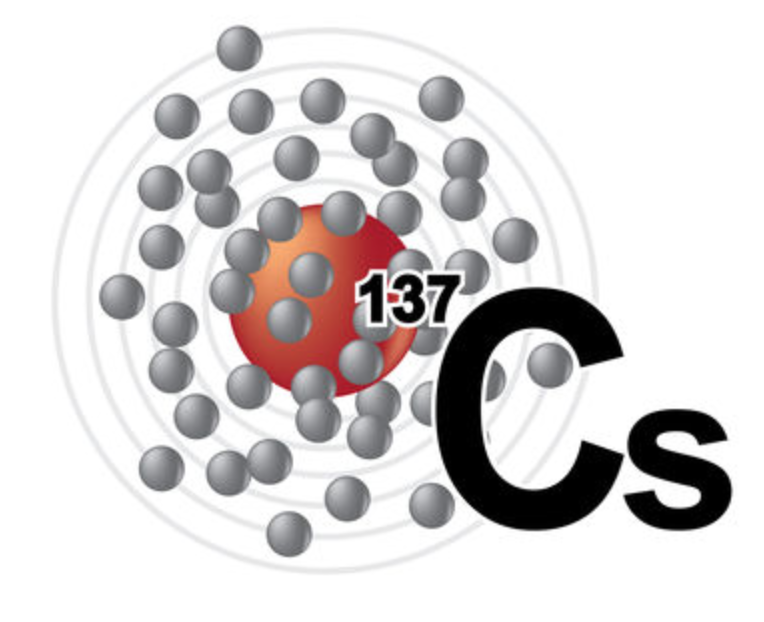
Atomic clocks have been continually improved, becoming more and more stable and accurate until the hot clock design reached its peak with the NIST-7, which would neither gain nor lose one second in 6 million years. While the definition has stayed the same, atomic clocks sure haven’t. The atomic second based on the cesium clock was defined in the International System of Units as the duration of 9,192,631,770 cycles of radiation in 1967. It had an uncertainty of one second in every 3,000 years, meaning that it kept time to within 1/3,000 of a second per year, pretty good compared to an average quartz watch, which might gain or lose a second every month. official time standard on January 1, 1960. NIST’s first cesium clock accurate enough to be used as a time standard, NBS-2, was built a few years later in 1958 and went into service as the U.S. The first clock that used cesium and was accurate enough to be used as a time standard was built by NIST’s counterpart in the U.K., the National Physical Laboratory, in 1955. Lyons’ clock, while revolutionary, wasn’t any better at keeping time than doing so by astronomical observations. When the emitter hits the right frequency, it causes a maximum number of atoms to change state, enabling scientists measure the duration of a certain number of cycles and define a second. Inside a chamber, a gas of atoms or molecules fly into a device that emits microwave radiation with a narrow range of frequencies. Lyons’ atomic clock, which he and his team debuted in 1949, was actually based on the ammonia molecule, but the principle is essentially the same. NIST Director Edward Condon (left) and clock inventor Harold Lyons contemplate the ammonia molecule upon which the clock was based. We would have to wait a century for NIST’s Harold Lyons to build the world’s first atomic clock. James Clerk Maxwell, the father of electromagnetic theory, was the first person to suggest that we might use the frequencies of atomic radiation as a kind of invariant natural pendulum, but he was talking about this in the mid-19th century, long before we could exert any kind of control over individual atoms. For the most precise measurement of the second, we look at the resonant frequencies of atoms.

That could be the rising and setting of the sun, the swing of a pendulum from one side to another, or the back-and-forth vibration of a small piece of quartz. For us, time is the interval between two events. Here at NIST, we don’t worry about any of these philosophical notions of time. Your room gets messy and you have to expend energy to clean it, until it gets messy again. Entropy, loosely explained, is the tendency for things to become disorganized. Some say that what we experience as time is really our experience of the phenomenon of entropy, the second law of thermodynamics. For definitions of ionic radius and further information, follow the hypertext link.Einstein is reported to have once said that time is what a clock measures. Further information is available in inorganic chemistry textbooks, usually at Level 1 or First Year University level. The terms low spin and high spin refer to the electronic configurations of particular geomtries of certain d-block metal ions. For electronic configurations, where it matters, the values given for octahedral species are low spin unless stated to be high spin. Size does depend upon geometry and environment. In this table, geometry refers to the arrangment of the ion's nearest neighbours. Hartree-Fock wave functions and radial expectation values: hydrogen to lawrencium, LA-3691, Los Alamos Scientific Laboratory, USA, 1968. The R max values for neutral gaseous element valence orbitals are abstracted from reference 1. Image showing periodicity of valence s-orbital radius for the chemical elements as size-coded balls on a periodic table grid. Table: valence shell orbital radii for caesium. Two values are given here, one is based upon calculations and the other upon observation - follow the appropriate link for further details. The problem is its meaning, which is clearly very different in different sources and books. The term "atomic radius" is not particularly helpful although its use is widespread. Follow the appropriate hyperlinks for definitions of each radius type. The size of neutral atoms depends upon the way in which the measurement is made and the environment. All values of radii are given in picometres (pm).

Follow the appropriate hyperlinks for literature references and definitions of each type of radius. There are several other ways ways to define radius for atoms and ions. It is not always easy to make sensible comparisons between the elements however as some bonds are quite short because of multiple bonding (for instance the O=O distance in O 2 is short because of the the double bond connecting the two atoms. One measure of size is the element-element distance within the element.


 0 kommentar(er)
0 kommentar(er)
